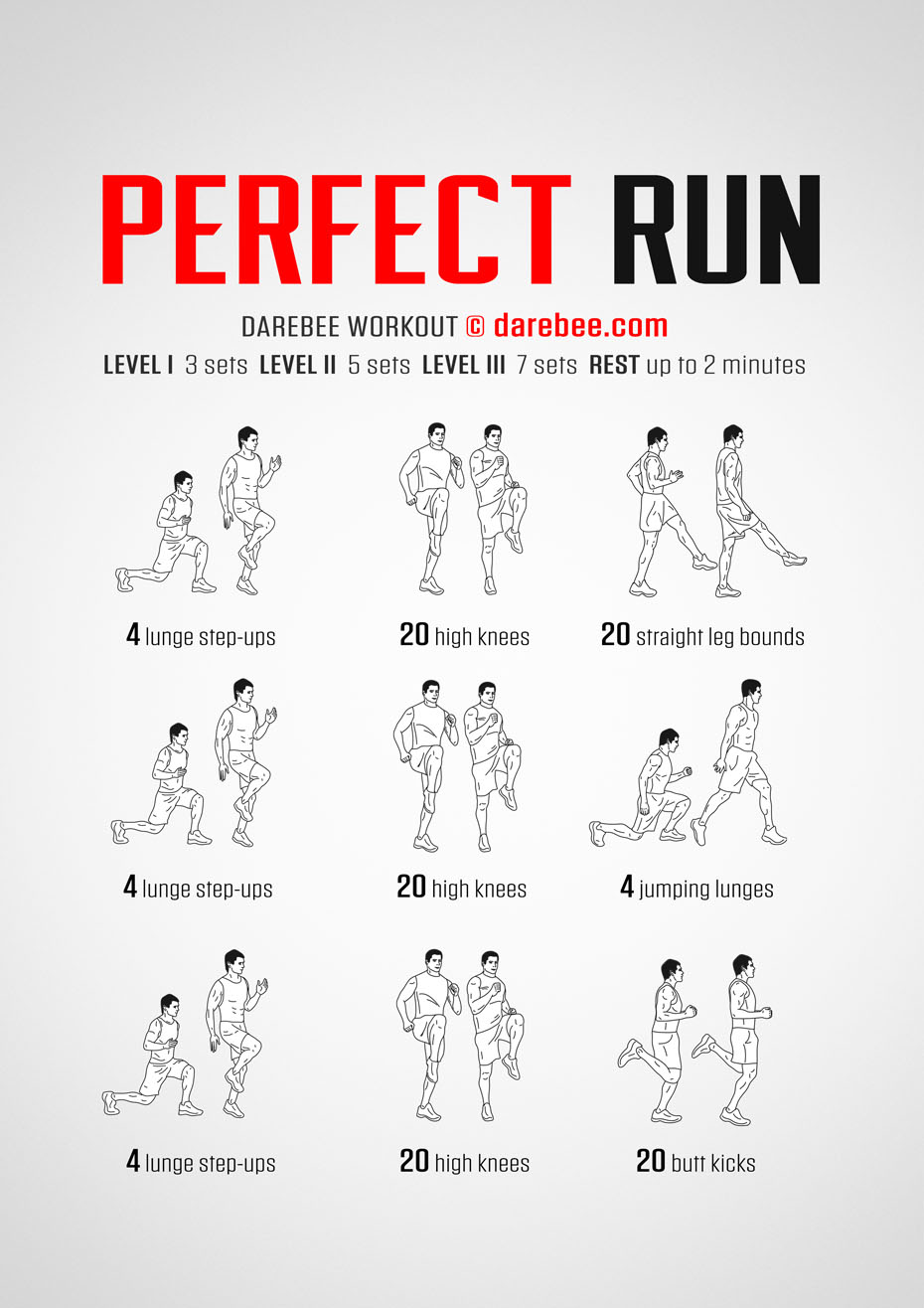Elevate Your Running Strategy with Proven Techniques
Elevate Your Running Strategy with Proven Techniques
Blog Article
Just How to Avoid and Handle Pain in Running: Expert Tips and Recommendations
As joggers, we usually locate ourselves caught between the exhilaration of pressing our physical limits and the pain that can accompany it. The quest of that runner's high can in some cases be hindered by the unwanted buddy of pain. Whether you are a skilled marathoner or a newbie striking the sidewalk for the very first time, the unpleasant presence of pain and pain is an usual . Nonetheless, there exist tested techniques and experienced recommendations that can help mitigate and take care of these discomforts, permitting you to concentrate on the joy of running itself.
Significance of Correct Footwear
Appropriate shoes plays a crucial function in avoiding and taking care of discomfort for runners, as it dramatically influences their convenience, performance, and general foot wellness. When it comes to running, putting on the right shoes can make all the difference. Uncomfortable or improper footwear can result in a host of problems such as sores, shin splints, plantar fasciitis, and a lot more serious injuries like stress and anxiety fractures.
Choosing the correct running shoes involves taking into consideration variables such as foot type, gait mechanics, running terrain, and personal preferences. Runners with high arches may need even more cushioning and support, while those with flat feet may take advantage of stability shoes. Additionally, comprehending pronation (the inward rolling of the foot) and supination (the outside rolling of the foot) can assist in picking shoes that offer the ideal degree of arch assistance.
Investing in high quality running footwear that are ideal for your private needs can help avoid discomfort and discomfort while improving your running experience. Prioritizing proper footwear is not simply about efficiency yet likewise regarding securing your foot health and wellness in the future.

Reliable Workout Methods
Footwear selection is just one facet of planning for an effective run; one more crucial aspect is applying reliable warm-up techniques to optimize performance and lower the threat of injury. A dynamic warm-up regimen prior to a run helps raise blood circulation to the muscles, improves adaptability, and improves the range of activity of the joints. Dynamic stretches like leg swings, high knees, and hip circles are useful in preparing the body for the physical demands of running. Progressively enhancing the intensity of the workout exercises can help turn on the muscle mass and boost neuromuscular sychronisation.
Along with vibrant stretches, integrating some light cardio workouts such as jogging or missing rope can even more boost the heart price and warm up the body. This mix of dynamic stretching and light cardio assists loosen limited muscles, lube the joints, and mentally prepares the jogger for the upcoming exercise (running workout). By making warm-ups a regular part of your running regimen, you can significantly reduce the danger of injuries and carry out at your ideal during each run
Secret Extending Exercises
When getting ready for a run, incorporating crucial stretching exercises is vital to enhance muscle mass adaptability and avoid injuries - Read More. Dynamic stretches such as leg swings, high knees, and hip circles are beneficial for warming up the muscular tissues and enhancing series of motion before a run. These motions aid improve blood circulation, loosen tight muscle mass, and prepare the body for the task ahead
Static stretches like calf bone stretches, hamstring stretches, and quadriceps stretches should adhere to a run to aid in muscle mass recuperation and avoid tightness. Holding each stretch for 15-30 secs permits the muscle mass to loosen up and elongate, minimizing the danger of post-run discomfort and prospective injuries.
Additionally, including yoga presents like descending dog, pigeon position, and spine spins can target numerous muscular tissue teams at the same time, advertising general adaptability and toughness. Consistent extending regimens not just boost efficiency yet also help in preserving excellent running kind and preventing overuse injuries. Remember, proper stretching methods are essential for a risk-free and pleasurable running experience.
Healing and Rest Techniques
After completing a run, carrying out reliable recovery and remainder approaches is essential for optimizing efficiency and decreasing the threat of injuries. One critical facet of recovery is permitting the body time to relax and fix itself. Ample rest is vital as it is during rest that muscular tissues recuperate and grow stronger. In addition, integrating rest days into your training routine is crucial to avoid overuse injuries and burnout.
Active healing strategies such as mild stretching, foam rolling, and yoga exercise can aid improve flow, lower muscle discomfort, and improve flexibility. It is also helpful to focus on hydration and nutrition post-run to replenish electrolytes, glycogen stores, and advertise muscular tissue recovery.
Cross-training activities like swimming or cycling can offer a break from the repeated effect of running while still maintaining cardio health and fitness - running strategy. Paying attention to your body and recognizing when it needs a break is key to protecting against chronic injuries and guaranteeing long-lasting running success. Keep in mind, remainder is not an indication of weak point but an essential element of an all-around training routine
Cross-Training Benefits

It allows you to function on various elements of health and fitness that might not be targeted exclusively with running, leading to a more well balanced and versatile athlete. Furthermore, cross-training can Visit Website help enhance running efficiency by attending to muscle imbalances and weak points that might hinder performance.
Verdict
Finally, appropriate shoes, warm-up methods, extending exercises, healing approaches, and cross-training are vital parts in preventing and handling discomfort in running. By including these practices into your regimen, you can decrease the threat of injury and discomfort while maximizing performance and pleasure of the sporting activity. Read More. Bear in mind to listen to your body, prioritize remainder and recovery, and look for professional assistance when required to ensure a risk-free and efficient running experience
Report this page